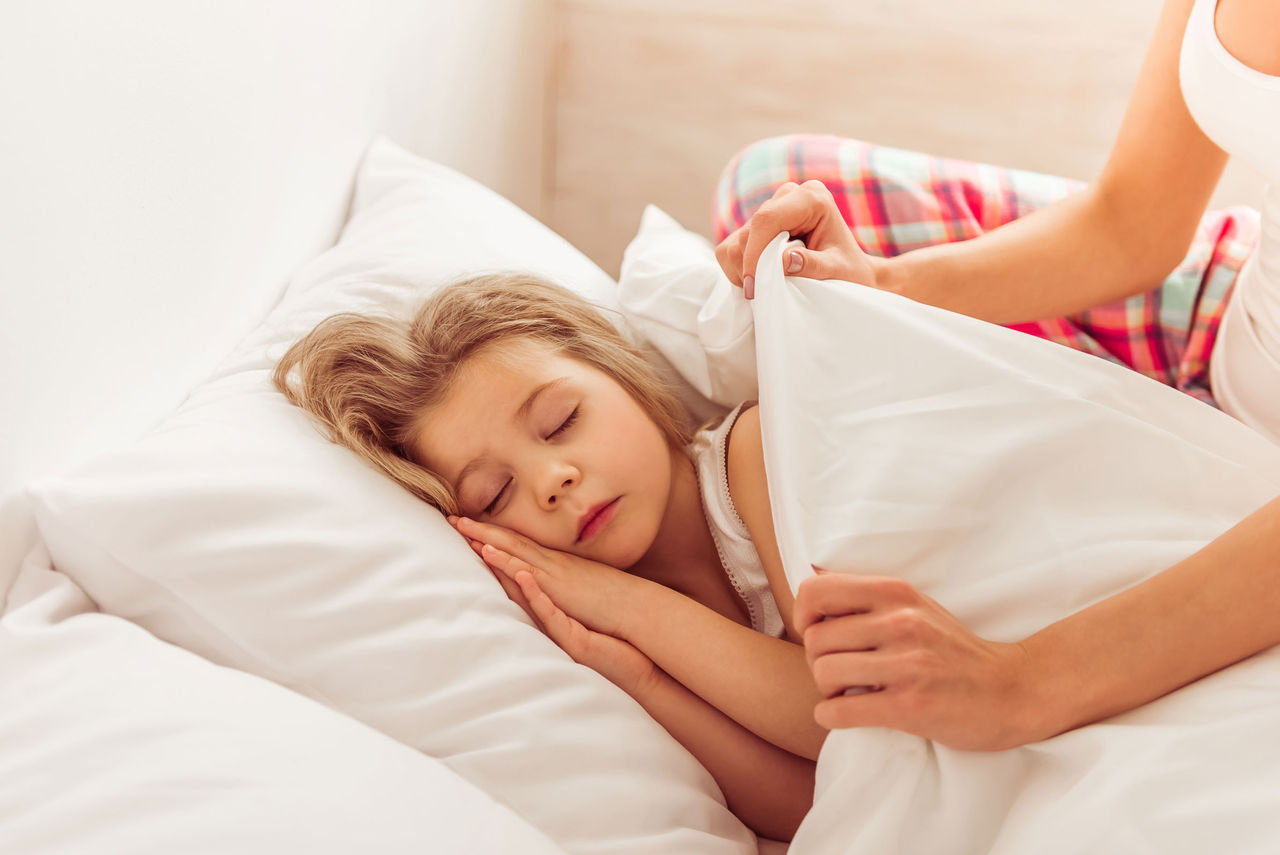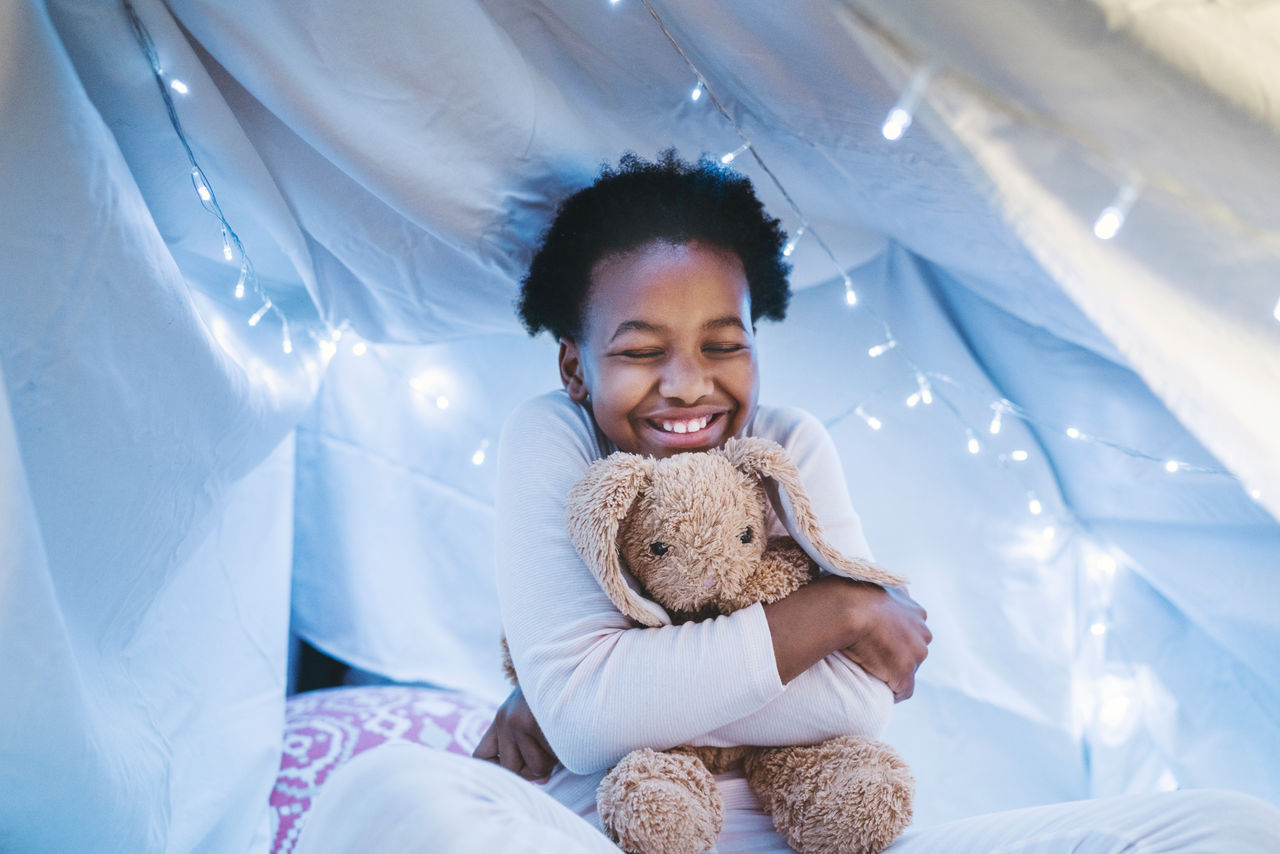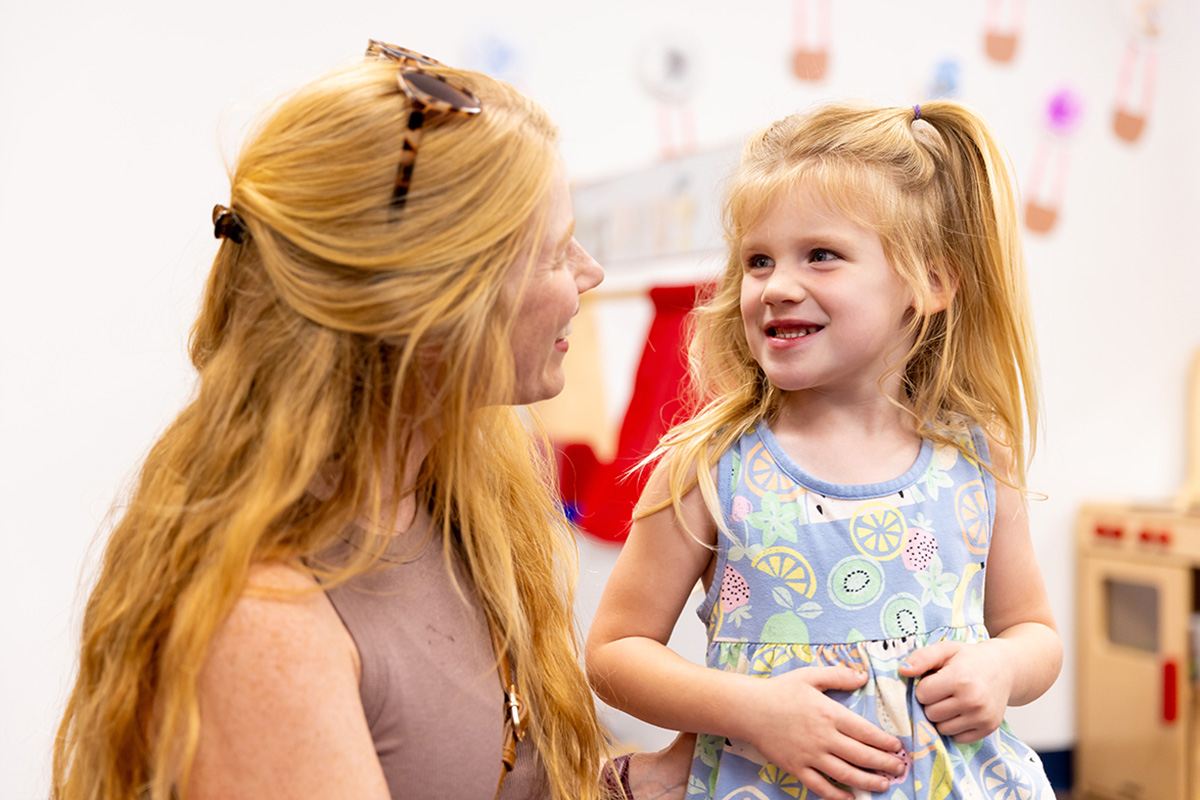Back when I was 4 or 5 years old, my mother was baffled by a spatter pattern of stains on my Day-Glo 1970s era orange plush rug. Day after day, more spots appeared. Then late one night, my mother came across me sitting up in bed, apparently still asleep, peeing gloriously across the floor like a lawn sprinkler. I was not so much a bedwetter as “one who wet from the bed.”
For many children and families, however, bedwetting is no joke. Bedwetting can be a profound bummer, a cause of untold stress at home, a source of frustration for parents and the basis for anxiety or low self-esteem in a child.
Bedwetting occurs when someone pees in the bed, presumably while asleep. Bedwetting is deemed “enuresis” (from the Greek, “to make water”) when a child aged five years or older repeatedly, and unconsciously, empties their bladder during sleep. Healthcare providers will make a distinction between “primary enuresis,” for a child who has never achieved regular overnight bladder control, versus “secondary enuresis,” for children who had nighttime dryness for 6 months or more, but who began wetting the bed for some reason. Both are challenging. I’ll focus on primary enuresis here.
A wee bit of physiology may be helpful before we go, so to speak. By the age of two, children begin to master control of their bladder muscles, allowing them to pee at will when awake. By the age of four, more than 98% of children will have achieved daytime dryness. Nighttime dryness develops eventually, and sometimes much later in some kids — see the nice table I lifted here:
| Age | % Kids Dry by Day | % Kids Dry by Night |
| 2 years | 25 | 10 |
| 2.5 years | 85 | 48 |
| 3 years | 98 | 78 |
At age four, about a quarter of all children still wet the bed with some regularity. That is a lot of training diapers! By 7 years, about 5%-10% of kids still have accidents, and that number drops to about 4% by age 10. As a rule, those older, persistent bedwetters will achieve regular bed dryness (i.e., bladder control overnight) at a rate of about 15% per year. Depending on who you are, that can be reassuring…or not. More on that in a bit.
Enuresis happens when a child has a bladder whose capacity cannot keep up with the nighttime urine production. Ideally, a child wakes up and goes to the loo when they feel nature’s call. In most cases, children with enuresis are profoundly deep sleepers. In addition, children with enuresis may have smaller than usual bladders or slower-to-develop bladder muscles. Simply, they fail to rouse from sleep in spite of signals sent to the brain from nerves in the bladder reporting peepee overflow is imminent.
Genetics matter, too. Lest we wrongly blame our offspring for willfully soaking their bedsheets (which, BTW is almost never the case. Quite the opposite!), note this well. Often, there is a strong inherited correlation between enuresis and other family members having had the problem. Enuresis exists in 44% of children when one of their parents has a history of same. When both parents have such a history, the rates of enuresis in their children soars to 77% (compare that to a rate of 15% in children when neither parent had the problem. Wow!). Fortunately, even for children whose relatives did not gain control until later (e.g., middle or even high school) most will respond to treatments and interventions to overcome the problem.
Take home point #1: The majority of bedwetting is physically and psychologically normal. Less than 1% of children with nighttime enuresis have anatomic, physical or systemic disease or condition. Better yet, many of these children and families can manage the challenge competently in tandem with their child’s primary care provider.
What to do?
Whenever I get a question or query about enuresis — be it from a weary parent, a bewildered first grader or a frustrated tween — it’s key to treat the topic with respect, and to provide a family with some perspective. Namely, that this is an embarrassing but surmountable problem, and that it is incredibly common (to the tune of some 5-7 million children in the U.S. Or, ask Sarah Silverman). Even simple reassurance can provide some relief.
Further, research and my experience confirm that children and families do better when the issue is addressed by engaging the child and assessing their goals and concerns (versus talking over her head while they sit in a room). A healthy four-year-old who wets the bed may not require extensive intervention (yet), but may do well with reassurance and a few behavioral approaches (see below). An eight-year-old, by contrast, may be desperate to stop bedwetting yesterday, and be unwilling or unable to sleep over at friends’ houses or to go to sleep away camp. For school-age children, for example, it’s best to have siblings step out of the room for a second, and then, have a conversation. Enuresis is a tender, private subject. Teasing isn’t a good idea. Humor needs to be used delicately. I can’t say that enough.
As one author aptly writes, it can be helpful for children to think of achieving nighttime bladder control as analogous to riding a bike. Coaching, persistence, positive reinforcement and a good attitude (by all!) will get you there…eventually, with reassurance and support along the way.
Evaluating the bedwetting situation
To evaluate a child with enuresis, it all starts with a thorough history. Each child needs to be considered individually based on their age, development, medical and family history and lifestyle. A clinician and family will need to review a variety of questions about a bedwetting child’s behavior, possible medication use, daily routines, food and fluid intake as well as voiding and stooling patterns. Certain medical conditions, such as diabetes, seizures sleep apnea or known sleep disorders may exacerbate or trigger bedwetting and require additional evaluation and collaboration with a specialist.
Constipation bears special mention here, as backed up poop in the large intestine can be a trigger for poor bladder control. For many families, a constipation plan needs to be built into an enuresis plan from the start. You got to be regular to be dry.
Life of Pee
A diary of a child’s fluid intake and output done over a week or two can be quite illuminating. Some children tend to drink very little over a school day, and thus arrive home thirsty. Hydrating from late afternoon to bedtime can put quite a load on the system and can be a setup for nighttime accidents. Further, parents should record their observations about when children have accidents at night (once? more than once? early or late?). This input may assist in shaping which/when interventions work best.
A primary provider can perform a complete physical exam and recommend any testing accordingly. For most cases, a simple urinalysis will suffice while ruling out most concerns, including diabetes or urinary tract infections. Imaging, such as obtaining ultrasounds or Xrays, is rarely needed.
Round one of interventions for all children with enuresis is a combination of examining daytime drinking patters, applying pre-bedtime fluid restriction and scheduled bladder emptying. Put simply: 1) children should be encouraged to drink consistently over a day; 2) last call for a child for a beverage should be 60 minutes or more before bedtime; 3) there should be two pre-night-night toilet trips at 30 minutes before sleep and just before sleep. An emptier tank helps!
Along the way, remember two truths for all children with enuresis. Positive reinforcement works. And, punishment and anger have no place as they can sabotage a child on many levels. Period. Families find more success when they recognize adherence to the dryness plan with smaller, more frequent rewards. Only getting a prize for a dry night can take a while! Children can be praised or receive simple treats if they do a good job with adjusting their fluid intake, or hitting the bathroom as requested. Certainly, dry nights should be recognized accordingly. Conversely, setbacks are commonplace and are to be expected. Despair not! Parents must be on-board, engaged and consistent because children can’t be expected to do this alone. Optimism, support and a can-do attitude will go much farther. It’s not easy, and it requires teamwork.
Creativity and practicality help, too. Some parents find double sheeting the bed helps for middle of the night wetting events. Placement of absorbent padding on the top sheet allows for quick removal in case of an accident and avoids the need to remake the bed in the dark.
For children ages 6-7 with enuresis, so-called “dry-bed” training may be helpful. By tracking when accidents occur, parents can try using alarms at night to do overnight trips to the bathroom. Your child doesn’t have to be fully awake to pee (but just enough to aim at the toilet, of course). Over time and in some instances, this technique trains children to rouse to the signal of their need to go. The downside of this approach? Some children (and their parents) feel under slept the next day.
For children 7 and older, additional means may be necessary. Enuresis alarms, such as the unfortunately named Potty Pager, function by vibrating or beeping when a sensor is triggered by wetness in a child’s underwear. Alarms that beep seem to rouse children better than those that simply vibrate. The alarms can be expensive (a hundred bucks, or more), and only some are covered by some insurance. But, alarms do work and parents can review options with their child’s primary care doctor.
Take home point #2: Over a couple of months, enuresis alarms can be effective in 2/3 of children 7 and older who use it, and about 1/2 stay dry when they stop using it. Alarms may need to be reapplied for children who resume bedwetting for retraining (don’t throw them away!).
Medication may be an option for the over 7s who do not respond to the above interventions, and/or who may need medication for special occasions. Medications do not cure enuresis but enhance the ability of the bladder to retain urine. Consequently, children may have bladder control on meds, and return to having accidents when they discontinue them. And parents need to review with their child’s provider the potential side effects. I recommend using a combination of medications and bedwetting alarms when done with support from a consulting provider. Some children use medications episodically, such as during sleepovers or time away at camp. This may allow children who have grown self-conscious or isolated to normalize their lifestyle and regain some confidence.
And so, here’s to pleasant dreams, dry nights and persistence. Raise your glass and toast to hanging in there, but don’t drink your beverage within 60 minutes of bedtime, please.




